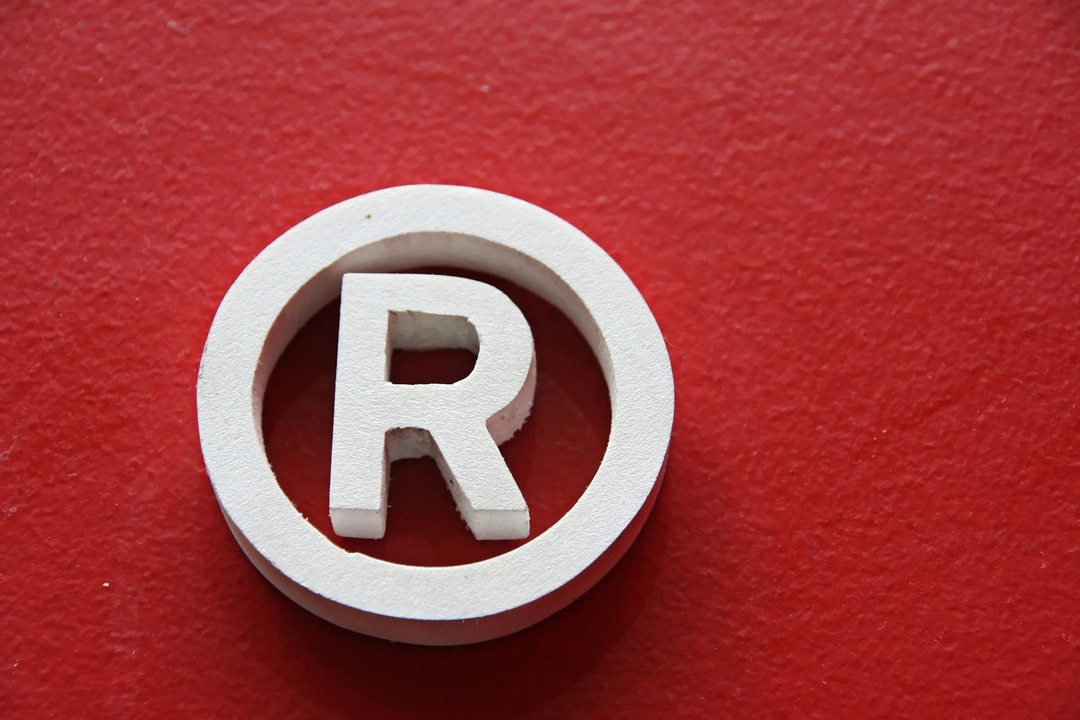Trademark Symbols Explained – Intellectual Property & Trademark Law
If you’ve ever seen a small superscript "TM" next to a logo or product name, you’ve probably wondered what it actually does. In plain English, ™ tells the world that the owner is claiming a trademark on that element, even if they haven’t filed it with a government office yet. It’s a simple way to put a flag on a brand’s identity.
For non‑league football clubs, this can be especially useful. A team might design a unique crest, a catchy slogan, or a distinctive mascot and want to signal ownership without going through the lengthy registration process. Using ™ gives the club a public notice that the element is theirs, which can deter casual copying.
What Does ™ Stand For?
The ™ symbol stands for “trademark.” It is not a legal guarantee, but a statement of intent. When you attach ™ to a name, logo, or design, you’re saying, “I consider this my brand element, and I expect others to respect that.” It works as a warning sign, letting competitors know you’ve taken notice of the mark.
Unlike a registered trademark, which shows a ® symbol, ™ does not require a filing fee or a formal examination by a trademark office. That means anyone can start using ™ right away. However, because it isn’t officially registered, the protection it offers is weaker in court. Still, many businesses start with ™ as a first step before committing to full registration.
When to Use ™ vs ®
The ® symbol is reserved for marks that have been officially registered with the relevant trademark authority, such as the UK Intellectual Property Office. You can only use ® after the registration is granted, and doing so early can lead to legal trouble. In contrast, ™ can be used immediately after you decide to claim a mark.
So, if your local football club has just created a new badge, slap a ™ on it while you’re gathering evidence, checking availability, and filing the paperwork. Once the registration is approved, swap the ™ for ®. This two‑step approach keeps you covered at both stages.
Why does this matter for everyday people? Imagine you’re buying a new jersey online and see a ™ next to the club’s name. That tells you the club is serious about its branding. It also signals that they might be on the path to full registration, which can affect licensing deals and merchandise quality.
From a legal perspective, using ™ does create a record of your claim. If a dispute ever arises, you can point to the date you first used the symbol as evidence of when you began asserting ownership. Courts often look at the timeline of use when deciding who has the stronger claim.
Keep in mind that ™ only covers the specific element you attach it to. If you have a logo and a slogan, you need to use ™ (or ® later) on each one separately. Treat each piece of your brand like a mini‑asset that deserves its own notice.
In practice, adding ™ is as easy as typing “TM” in superscript after the brand element. Most word processors and website editors have a built‑in option, or you can copy‑paste the character ™ from a character map.
To sum it up, the ™ symbol is a low‑cost, low‑effort tool that lets you put a public claim on a brand element. It’s not a substitute for full registration, but it’s a solid first step, especially for grassroots teams and small businesses that are just getting started.
Ready to protect your club’s identity? Start by placing ™ on any new logos, chants, or merchandise designs you create. Keep track of when you first used each mark, and plan your registration strategy for when the time is right. That way you’ll have both the practical notice and the legal backup you need.
Posted by
Caspian O'Reilly
0 Comments

As a blogger, I've come across the ™ symbol many times and wondered what it actually means. Turns out, ™ stands for "trademark" and is used to protect a brand's unique logo, name, or design. This symbol signifies that a company has claimed ownership of a particular element and is using it as a source identifier for their products or services. Although it doesn't guarantee legal protection like a registered trademark, it does serve as a public notice of a company's claim. So, whenever you see that little ™, you know that someone is staking their claim on that branding element!
read more